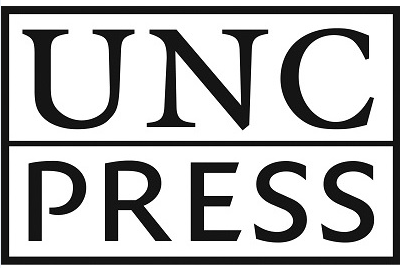Available for the first time as an Omnibus Ebook edition, this
three-volume set is the acclaimed full account of the three days at
Gettysburg, by the noted historian Harry Pfanz.
First Day:
For good reason, the second and third days of the Battle of
Gettysburg have received the lion's share of attention from
historians. With this book, however, the critical first day's
fighting finally receives its due. After sketching the background
of the Gettysburg campaign and recounting the events immediately
preceding the battle, Harry Pfanz offers a detailed tactical
description of events of the first day. He describes the
engagements in McPherson Woods, at the Railroad Cuts, on Oak Ridge,
on Seminary Ridge, and at Blocher's Knoll, as well as the retreat
of Union forces through Gettysburg and the Federal rally on
Cemetery Hill. Throughout, he draws on deep research in published
and archival sources to challenge many long-held assumptions about
the battle.
Second Day:
Gettysburg--The Second Day is certain to become a Civil War
classic. What makes the work so authoritative is Pfanz' mastery of
the Gettysburg literature and his unparalleled knowledge of the
ground on which the fighting occurred. His sources include the
Official Records, regimental histories and personal
reminiscences from soldiers North and South, personal papers and
diaries, newspaper files, and last -- but assuredly not least --
the Gettysburg battlefield. Pfanz's career in the National Park
Service included a ten-year assignment as a park historian at
Gettysburg. Without doubt, he knows the terrain of the battle as
well as he knows the battle itself.
Culp's Hill:
Harry Pfanz provides the first definitive account of the fighting
between the Army of the Potomac and Robert E. Lee's Army of
Northern Virginia at Cemetery Hill and Culp's Hill--two of the most
critical engagements fought at Gettysburg on 2 and 3 July 1863.
Pfanz provides detailed tactical accounts of each stage of the
contest and explores the interactions between--and decisions made
by--generals on both sides. In particular, he illuminates
Confederate lieutenant general Richard S. Ewell's controversial
decision not to attack Cemetery Hill after the initial southern
victory on 1 July. Pfanz also explores other salient features of
the fighting, including the Confederate occupation of the town of
Gettysburg, the skirmishing in the south end of town and in front
of the hills, the use of breastworks on Culp's Hill, and the small
but decisive fight between Union cavalry and the Stonewall
Brigade.

